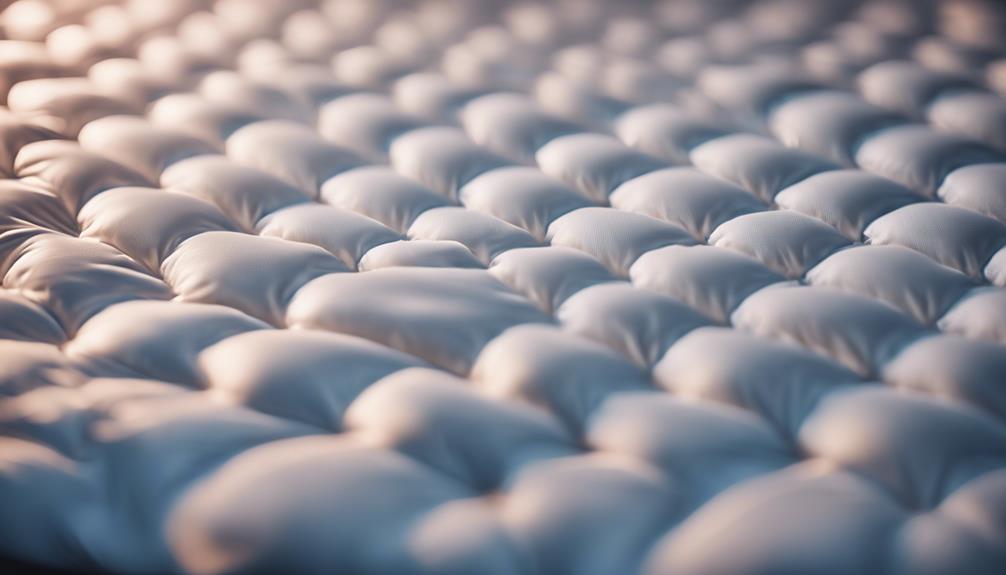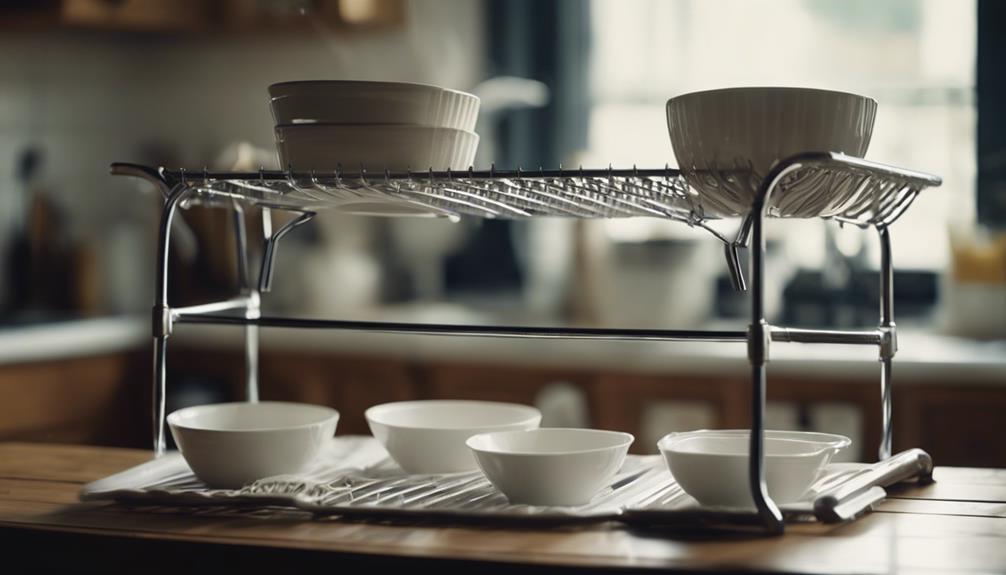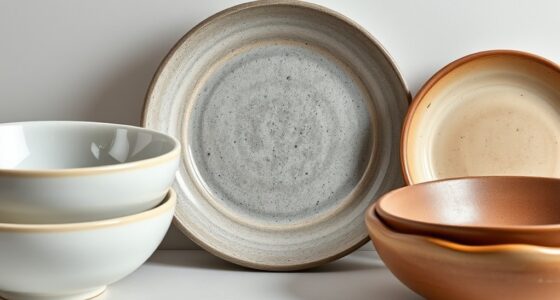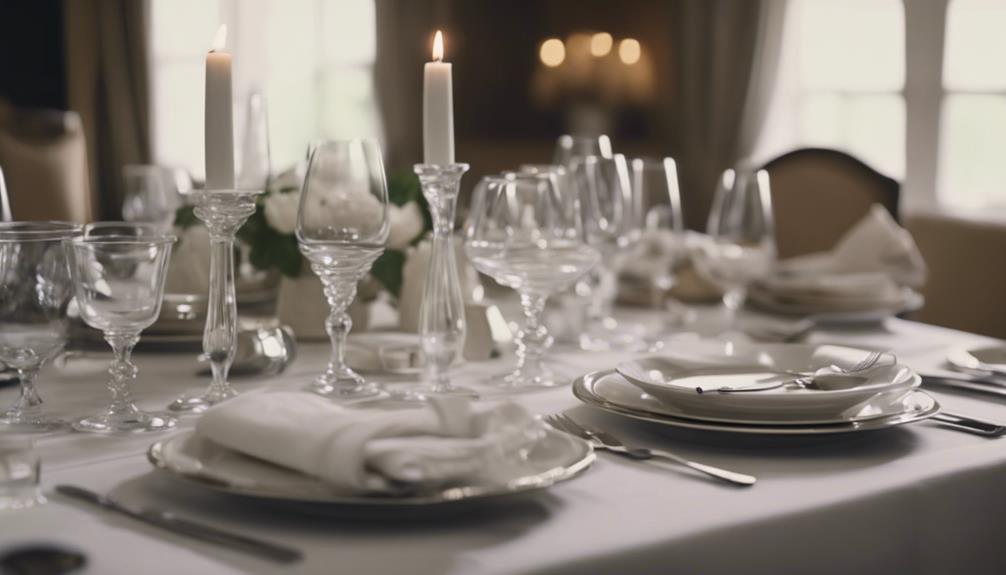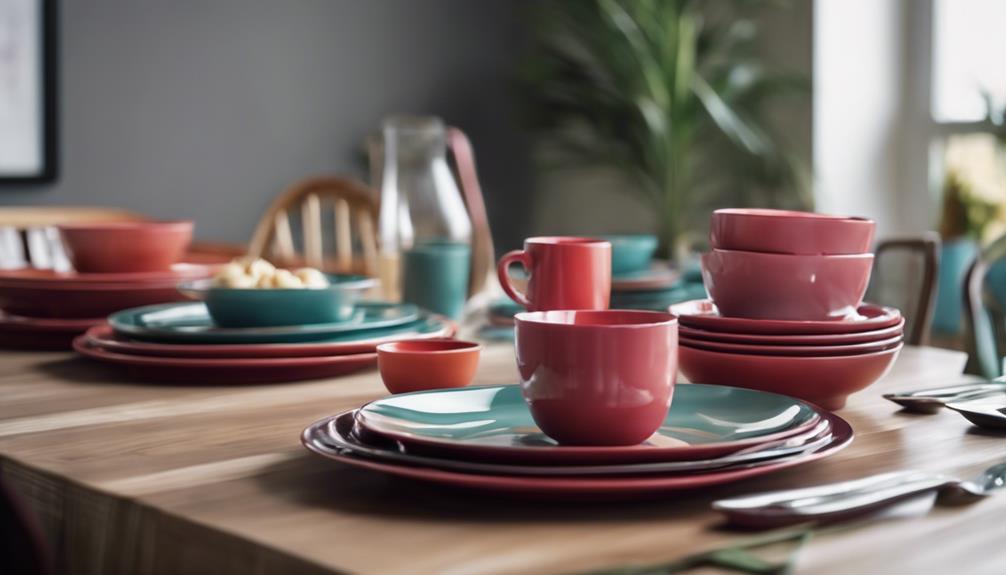Argon Tableware products are manufactured in China, a country known for its precise design and production processes. China is the main manufacturing location for all of their items, which include teapots, placemats, Olive Oil Bottles, and Tondo Highball Glasses. Maintaining a focus on quality and affordability, products like Glass Storage Jars and Rectangle Marble Serving Platters are carefully crafted in China to ensure consistency and attention to detail. Each item, such as the Glass Storage Jar with rolled edges and the Marble Serving Platter with hand-cut construction, showcases the brand’s dedication to excellence. For more information on Argon Tableware, further exploration is encouraged.
Key Takeaways
- Argon Tableware is meticulously designed and manufactured in China.
- Production facilities in China are the primary manufacturing location for all products.
- China is the country of origin for all Argon Tableware items.
- Centralized production in China ensures consistent quality and meticulous attention to detail.
- Quality control processes in China guarantee exceptional products with high standards.
Origin of Argon Tableware

Argon Tableware, known for its glassware, kitchenware, and storage essentials, originates from China where the collection is meticulously designed and manufactured. The teapots, placemats, Olive Oil Bottles, and Tondo Highball Glasses are all crafted in China to high standards.
The roots of Argon Tableware lie in the intricate design process and manufacturing procedures that take place in China. Each item in the collection, whether it be the elegant teapots or the stylish Tondo Highball Glasses, is created with precision and attention to detail. The manufacturing location in China guarantees that the products meet the brand's high standards, providing customers with quality kitchenware and glassware.
Manufacturing Location of Argon Tableware
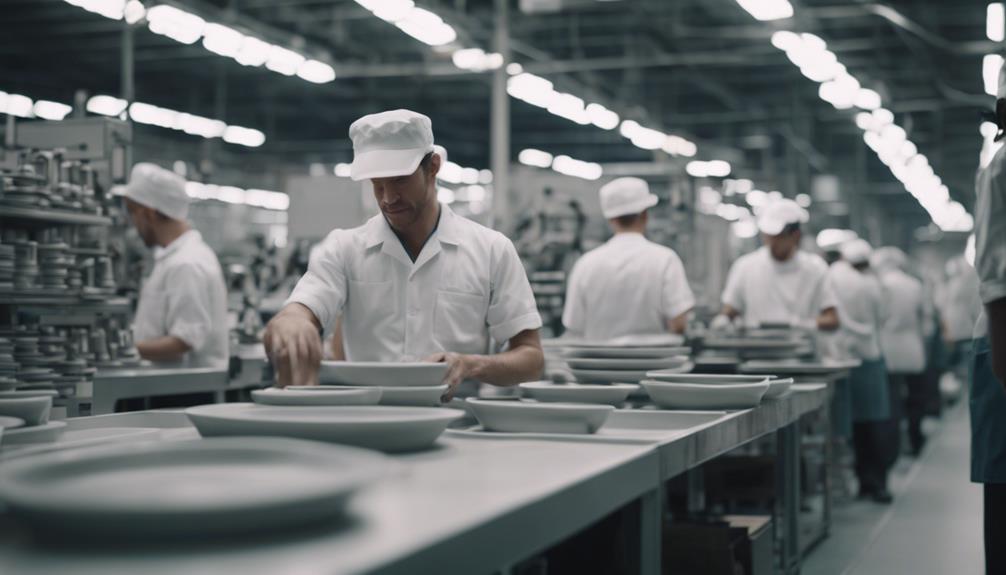
Argon Tableware products, including the Glass Storage Jar and Glass Spaghetti Jar, are manufactured in China.
The production facilities in China are where Argon Tableware sources materials for their stylish and functional kitchenware items.
If you're curious about where your Argon Tableware pieces come from, rest assured that they're crafted in China.
Production Facilities
Situated in China, the production facilities for Argon Tableware are where the manufacturing of their products takes place. Argon Tableware items are made in China to guarantee quality and affordability. The choice of China as the primary manufacturing location allows Argon Tableware to meet production demands efficiently.
- Argon Tableware products are manufactured in China.
- The production facilities for Argon Tableware are located in China.
- Argon Tableware items are made in China, guaranteeing quality and affordability.
Sourcing Materials
When looking at the origin of materials used for Argon Tableware, the focus is on their sourcing from China. The glassware, kitchenware, and storage essentials are crafted and manufactured in China. The production location for Argon Tableware is specifically in China, where the materials for these items are also sourced. The entire manufacturing process, from sourcing materials to crafting the final products, takes place in China. Below is a table summarizing the sourcing and manufacturing details of Argon Tableware:
| Type of Product | Origin |
|---|---|
| Glassware | China |
| Kitchenware | China |
| Storage Essentials | China |
| Crafted Materials | China |
| Production Location | China |
Production Site of Argon Tableware
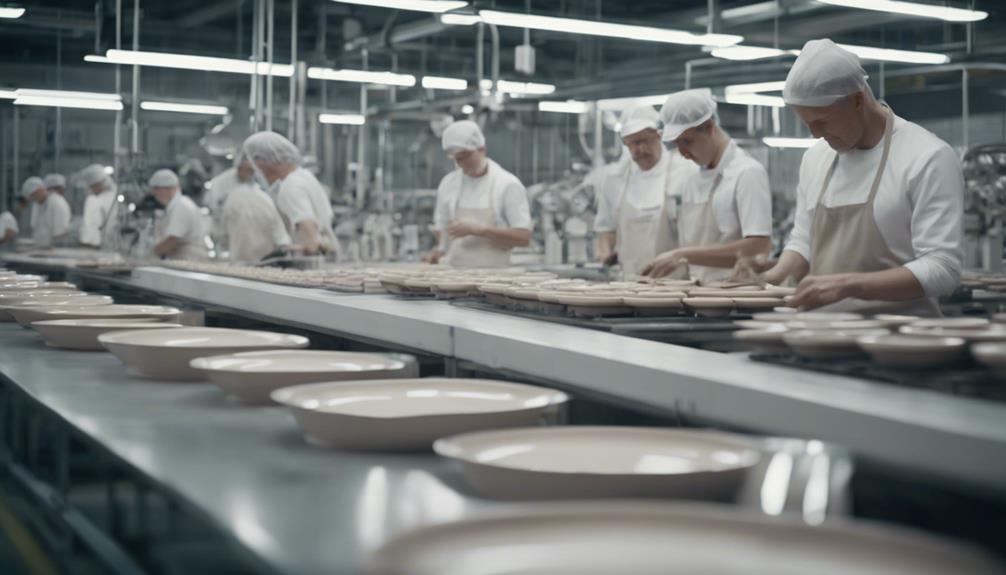
Located in China, the production site of Argon Tableware is where their stylish glass storage jars, marble serving platters, and slate placemats are manufactured.
- Glass Storage Jar: Features rolled edges for a sleek design.
- Glass Spaghetti Jar: Non-decorative but food safe with a 2-liter capacity.
- Rectangle Marble Serving Platter: Hand-cut with a glossy marble top and padded feet to guarantee quality and durability.
The Heart Slate Placemats & Coasters Set is also crafted here, made of natural slate with a rustic design and raw cut edge for added charm. Each product undergoes meticulous production processes to ensure quality and durability.
The expertise of the skilled workforce and advanced manufacturing facilities in China contribute to the high standard maintained by Argon Tableware. Customers can trust in the craftsmanship and attention to detail that goes into each item produced at this facility.
Country of Origin for Argon Tableware
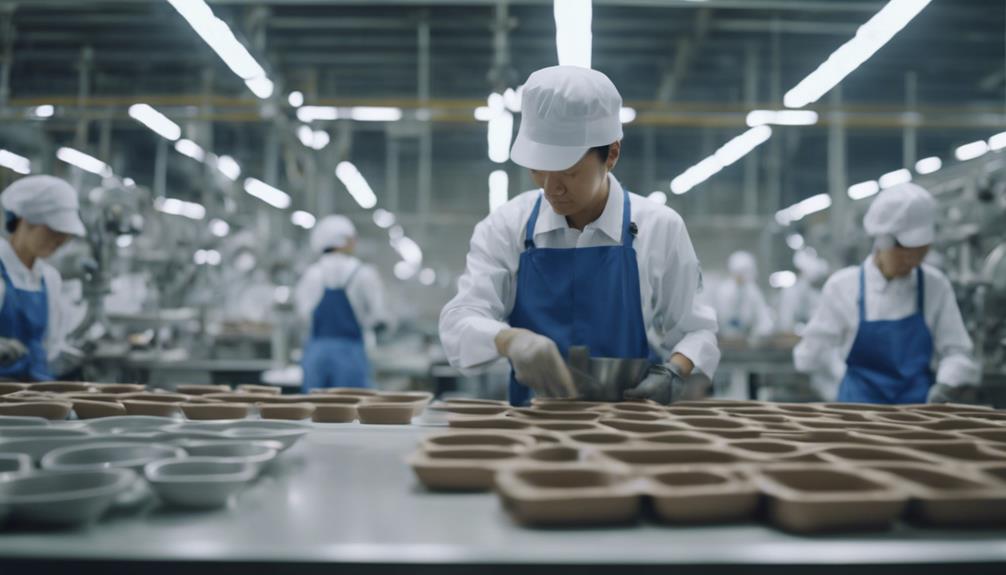
Argon Tableware products, including glassware and kitchenware, are proudly made in China.
The country of origin for Argon Tableware is China, where manufacturing facilities are responsible for producing a range of items like glassware sets and porcelain mugs.
The quality and craftsmanship of Argon Tableware reflect the expertise and dedication of Chinese manufacturers.
Manufacturing Location of Argon Tableware
Argon Tableware products are proudly made in China.
- The manufacturing location for Argon Tableware is in China.
- All Argon Tableware items are made in China.
- China is the country of origin for Argon Tableware products.
When you purchase Argon Tableware products, you can be confident that they're manufactured in China. The quality and craftsmanship of these items reflect the expertise and dedication of the skilled workers in China. By choosing Argon Tableware, you're supporting a brand that takes pride in its manufacturing location and guarantees that each product meets high standards.
Origin Country of Argon Tableware
China serves as the manufacturing hub for all Argon Tableware products, ensuring consistent quality and adherence to industry standards. The Glass Storage Jar, a popular item from Argon Tableware's collection, is also manufactured in China. This manufacturing origin guarantees that the products, including the Glass Storage Jar, meet high-quality standards and provide reliability for kitchenware items. By producing their goods in China, Argon Tableware can maintain the consistency and quality that customers expect. The Glass Storage Jar, weighing 258.55g (9.12 oz), exemplifies this commitment to manufacturing standards, offering customers a reliable kitchenware option. The brand's dedication to manufacturing in China highlights their focus on delivering trustworthy and consistent products to consumers.
| Argon Tableware | China | Manufacturing Origin |
|---|---|---|
| Glass Storage Jar | China | High Quality and Consistency |
Where Argon Tableware Is Manufactured
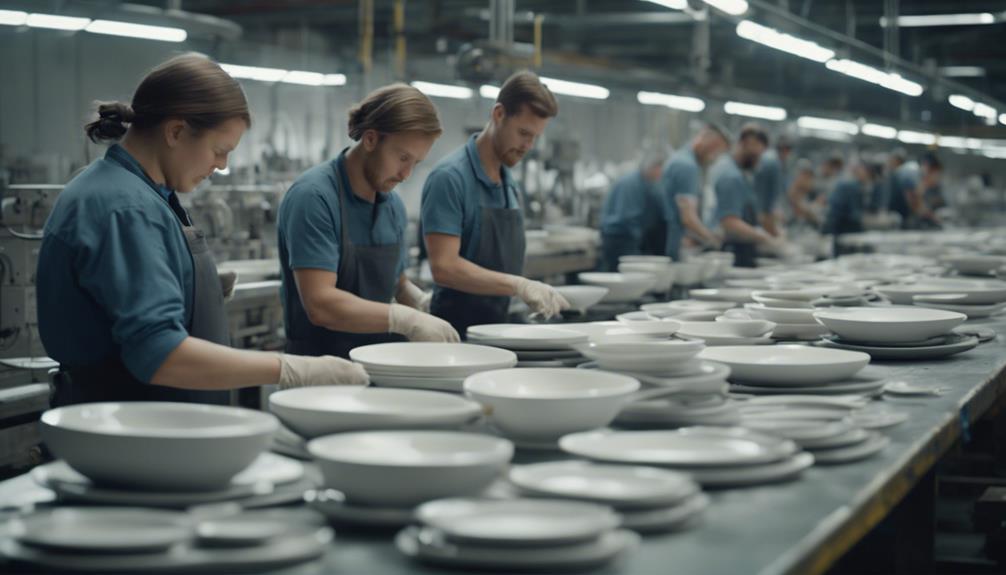
Manufactured in facilities in China, Argon Tableware products are known for their quality and design. The manufacturing location for Argon Tableware items, including the Glass Spaghetti Jar and the Glass Storage Jar, is in China. This guarantees that every product meets the brand's standards for excellence and craftsmanship.
- Argon Tableware items are produced in China.
- The Glass Spaghetti Jar is made in China.
- The Glass Storage Jar is manufactured in China.
With a focus on quality control and attention to detail, Argon Tableware maintains its reputation for providing durable and stylish tableware. By being manufactured in China, the brand can offer a wide range of products that cater to various needs and preferences. The Glass Spaghetti Jar and Glass Storage Jar are just a few examples of the exquisite items crafted in Argon Tableware's Chinese facilities.
Source of Argon Tableware Products
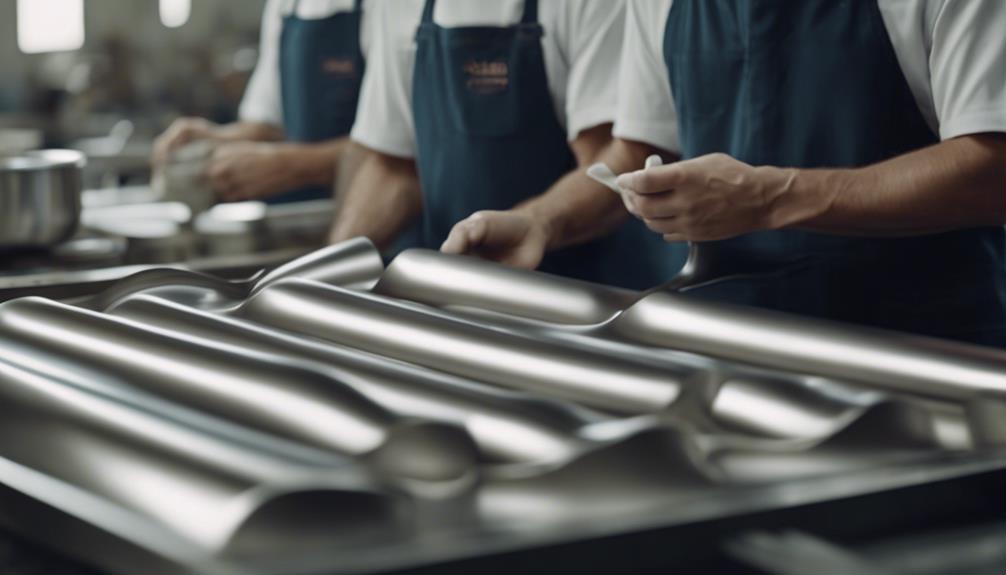
Looking for insights into where Argon Tableware products originate from? Argon Tableware products are manufactured in China, known for producing a range of high-quality items.
One popular product from Argon Tableware is the Glass Storage Jar. This jar boasts a sleek design with rolled edges, adding a touch of elegance to your kitchen. With dimensions of 10cm x 10cm x 15.5cm, it's a versatile option for storing various items.
The Glass Storage Jar is designed to be used with specific lids, ensuring a secure closure. Additionally, it comes with a 2-year warranty, offering peace of mind to customers.
Weighing approximately 258.55g, this jar is a durable and quality product that can withstand daily use. Whether you're storing spices, snacks, or other kitchen essentials, the Argon Tableware Glass Storage Jar is a reliable choice for your storage needs.
Argon Tableware Production Details
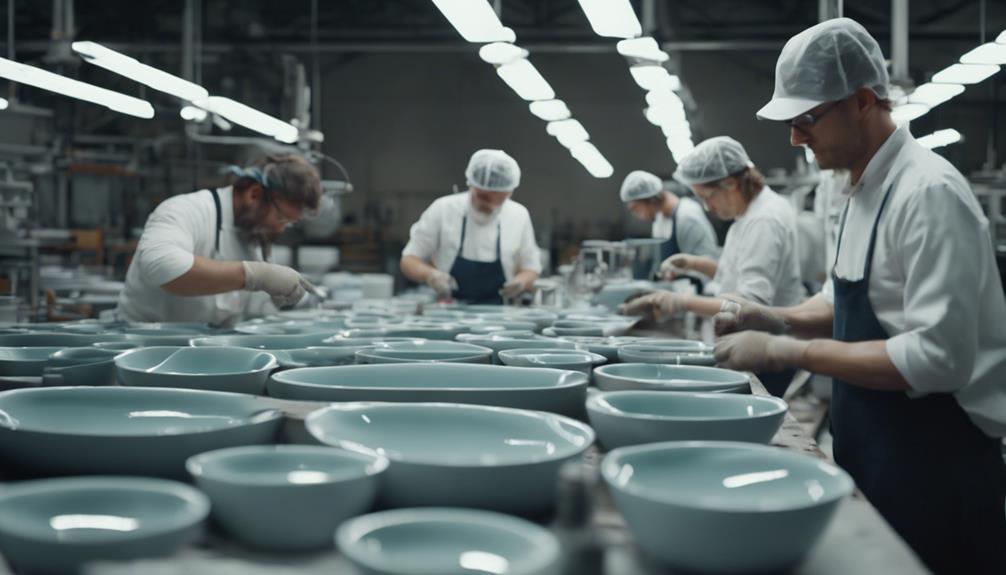
Crafted with precision and care, the production of Argon Tableware items involves meticulous attention to detail and quality craftsmanship. When it comes to manufacturing, here are some key details to note:
- Argon Tableware products, including glassware, kitchenware, and storage essentials, are all made in China.
- Specific items like teapots, Olive Oil Bottles, Highball Glasses, and Slate Placemats are crafted in China.
- Importantly, the Glass Spaghetti Jars and Marble Serving Platters from Argon Tableware also originate from China, ensuring consistent quality across their product range.
Argon Tableware's commitment to manufacturing in China highlights their dedication to maintaining high standards and quality control processes. By centralizing production in one location, they can closely monitor every step of the manufacturing process to deliver exceptional products to their customers.
Argon Tableware Manufacturing Information
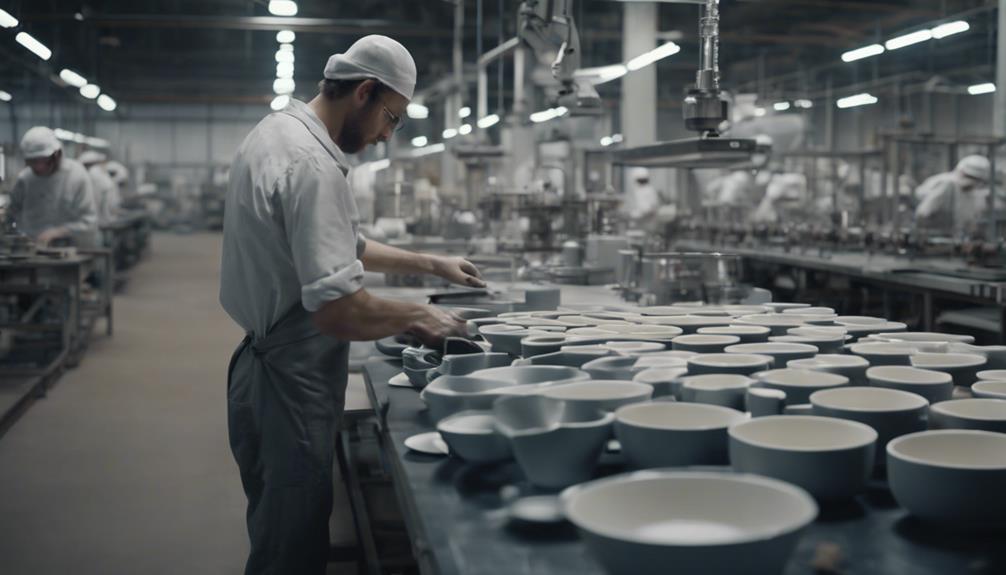
Argon Tableware's production process in China involves meticulous attention to detail and quality craftsmanship. The Glass Storage Jar and Glass Spaghetti Jar are part of Argon Tableware's collection, both designed with stylish features. The Glass Storage Jar boasts rolled edges, while the Glass Spaghetti Jar is a non-decorative, food-safe preserving jar that has received a top rating.
Additionally, the Rectangle Marble Serving Platter showcases hand-cut construction with a glossy marble top for a distinctive appearance. These items are all manufactured in China, ensuring high standards of production quality. Argon Tableware prioritizes creating kitchenware that isn't only visually appealing but also functional and safe for food storage.
The commitment to manufacturing excellence is evident in the attention to detail and the innovative designs of each product in the collection.
Frequently Asked Questions
What Is Argon Tableware Made Of?
Argon Tableware products are made of high-quality materials like glass, porcelain, slate, and marble. Glassware sets, coffee mugs, and drinkware are crafted from toughened glass for durability.
Slate placemats and coasters are cut from natural slate for a unique finish. The marble serving platter is hand-cut from marble with a glossy top, adding style to your kitchen.
The glass spaghetti jar is a non-decorative, food-safe product that can hold 2 liters, perfect for storing pasta and dry goods.
Is Argon Tableware Dishwasher Safe?
Yes, Argon Tableware products are dishwasher safe for your convenience. This means you can easily clean your glassware, porcelain mugs, and other kitchen items without any hassle.
Enjoy using your Argon Tableware with confidence, knowing that you can pop them in the dishwasher for quick and efficient cleaning. Keep your kitchenware looking pristine and maintain their quality effortlessly with this dishwasher safe feature.
Conclusion
To sum up, the manufacturing location of Argon Tableware remains a mystery. However, the elusive nature of its origin adds an air of intrigue to the brand.
Rest assured, wherever it may be made, Argon Tableware products are known for their quality and durability. The mystery surrounding their production only adds to the allure of these popular tableware items.

